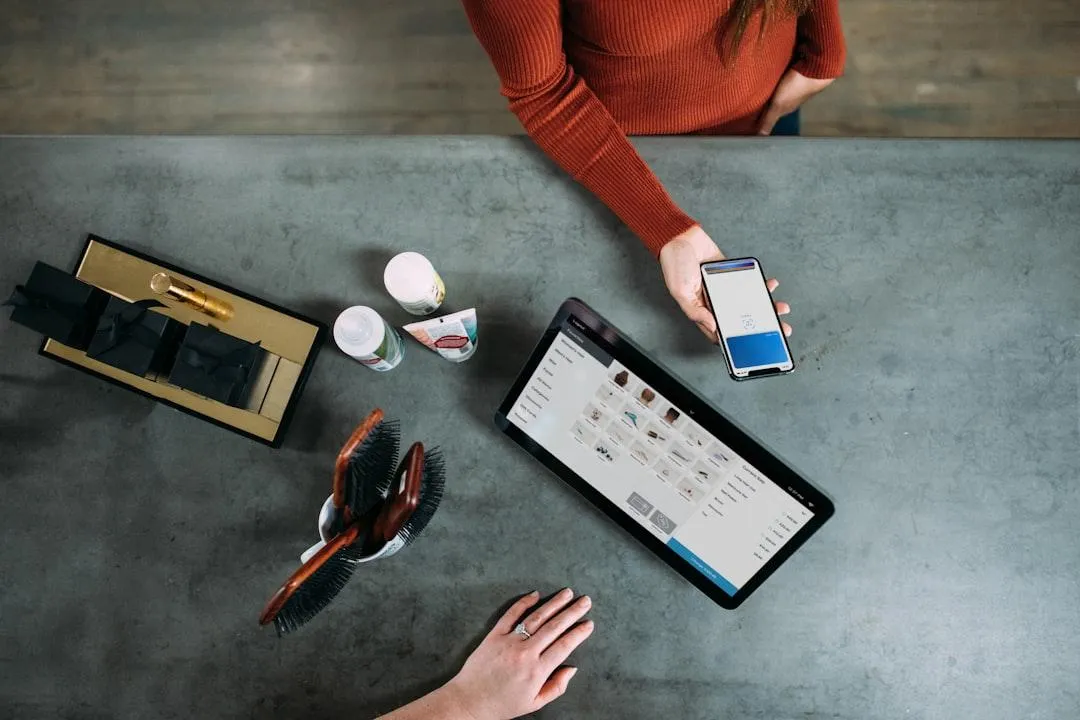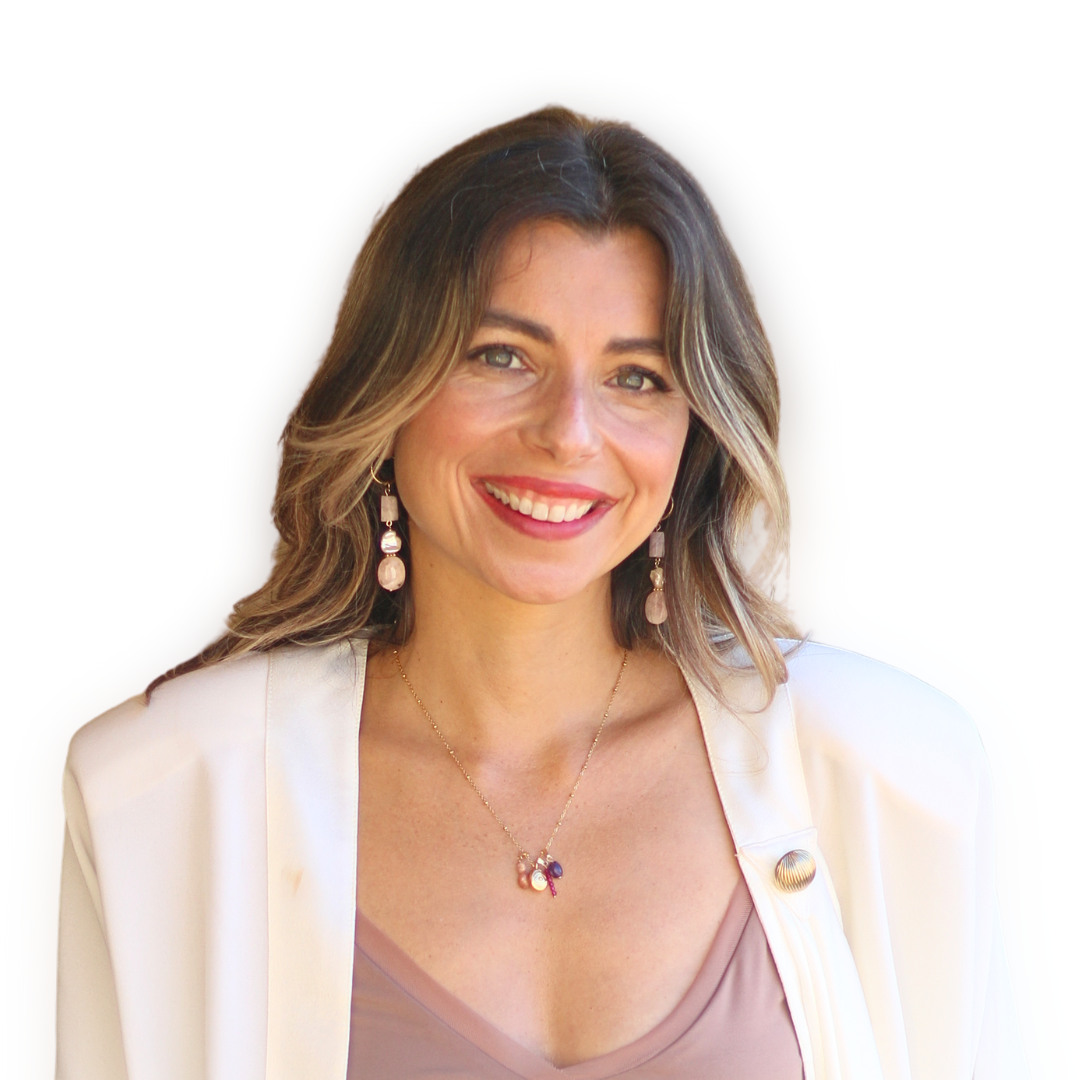
Your Bank Accounts + Life Goals = A Money Adventure Map
How to Match Your Bank Accounts to Your Life Goals (and Actually Make Progress)
Here’s the truth: most people open a bank account because it’s convenient, not because it’s the right account for what they’re trying to do.
That’s like grabbing the first pair of shoes you see in the store without checking if they actually fit your lifestyle.
If you want your money to work harder — and give you peace of mind — you need to match your bank accounts to your goals, timeline, and habits.
This isn’t just about picking “the best interest rate.” It’s about building a money system that supports your life today and your future.
The 4 Main Types of Bank Accounts, And When to Use Them
1. Checking Account
Think of this as your money’s everyday home, where cash comes in, bills get paid, and your debit card lives.
Purpose: Your money’s “home base” for everyday spending, bill payments, and direct deposits.
Best for: Short-term cash flow, money you plan to use this month.
Pro tip: Keep only what you need for the month here. Move the rest to savings so it’s not tempting you from your debit card.
2. High-Yield Savings Account
This is your safety net with a side of growth, it keeps your money safe, accessible, and earning more than a regular savings account.
Purpose: Your safety net for emergencies and short-term savings goals.
Best for: Things you’ll need in 0–12 months (vacations, small home repairs, holiday spending).
Pro tip: Label your savings buckets (if your bank allows) so each goal has its own “container.”
3. Money Market Account
Part savings, part checking — it’s a solid place to park larger sums while earning better interest and keeping access if needed.
Purpose: A middle ground between savings and checking, higher interest than savings, plus limited withdrawals or check access.
Best for: Mid-term goals (1–3 years) like a wedding, house down payment, or business startup fund.
Pro tip: Great for larger balances you want to grow but still reach in an emergency.
4. Certificate of Deposit (CD)
The set-it-and-forget-it account — perfect when you know you won’t need the money until a specific date and want a guaranteed return.
Purpose: Locks away your money for a set term (e.g., 6 months, 1 year, 3 years) at a guaranteed interest rate.
Best for: Long-term goals (3+ years) where you won’t need the cash until a specific date — like tuition, a sabbatical, or a dream trip.
Pro tip: Use a CD ladder (multiple CDs with different maturity dates) so you don’t lock up all your funds at once.
Step 1: Think in Timelines — Short, Mid, and Long Term

Short-Term Goals (0–12 months)
These are the things you need or want soon:
Building a 3–6 month emergency fund
A weekend getaway
Holiday shopping or birthday gifts
Replacing a laptop or phone
Best accounts: Checking account for spending, high-yield savings for parking money until you need it.
Why it works: You get easy access, no penalties for withdrawals, and a little extra interest in savings while you wait.
Holistic Tip: Keep only what you plan to spend this month in checking. Move the rest to savings so it’s out of sight, out of mind.
Mid-Term Goals (1–3 years)
These are bigger goals that take time but aren’t far-off dreams:
Wedding or big anniversary trip
Down payment on a house
Building a larger emergency cushion (over 6 months of expenses)
Funding a business launch or expansion
Best accounts: Money market account or high-yield savings account.
Why it works: Higher interest rates than a standard savings account and some limited check or debit access if you need it.
Holistic Tip: Name your account after your goal (“Italy 2026 Fund”) to make it feel tangible and harder to raid for random expenses.
Long-Term Goals (3+ years)
These are the big-picture milestones:
Paying cash for a car or RV
College tuition for yourself or a child
Sabbatical fund
Dream home upgrade
Best accounts: Certificates of Deposit (CDs) for a guaranteed rate, or investments for higher-growth goals (5+ years).
Why it works: Locking away the money keeps you from dipping into it, and you’ll likely earn more than in a standard savings account.
Holistic Tip: If you like flexibility, build a CD ladder so parts of your savings mature at different times — giving you options without sacrificing growth.
Step 2: Factor in the Annual Rate of Return
Money Market Accounts: Average APY ~0.6%, but top offers hit 4–5% (Bankrate, FDIC).
High-Yield Savings: Many pay 4%+ in 2025.
CDs: Rates vary by term — often 4–5% for 1–3 years right now.
The takeaway? Shop around. A 4% APY vs. 0.6% on $20,000 over 3 years is a difference of nearly $2,000 in interest.
Step 3: Use the Holistic Money Framework to Keep It Flowing
This isn’t just about opening accounts. It’s about creating a system that keeps your money organized, protected, and growing:
Purpose – Give every dollar a job and every account a clear goal.
Flow – Income lands in checking, then automatically flows into savings, money market, or CDs.
Protection – Separate short-term cash from mid- and long-term goals so emergencies don’t derail your progress.
Growth – Let time and interest work for you by matching the right account to the right timeline.
The Bottom Line
When your accounts are aligned with your life goals and timelines, saving feels less like a chore and more like a plan you can trust.
You know exactly where your money is, what it’s for, and when you’ll use it.
Your money stops being scattered and starts being a tool to live the life you want — on your terms.
